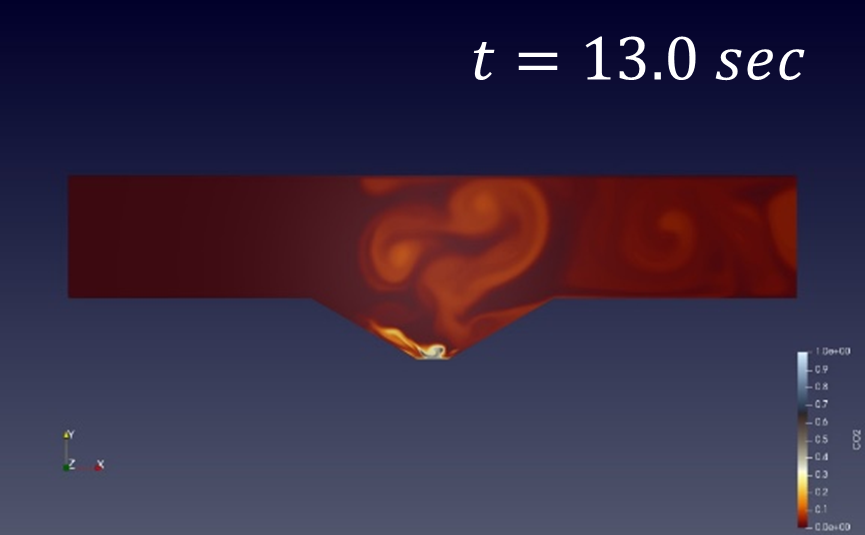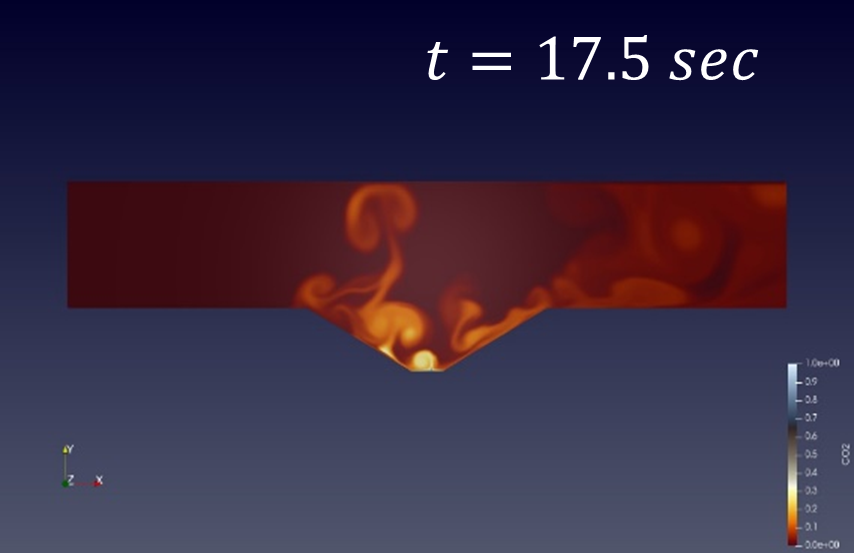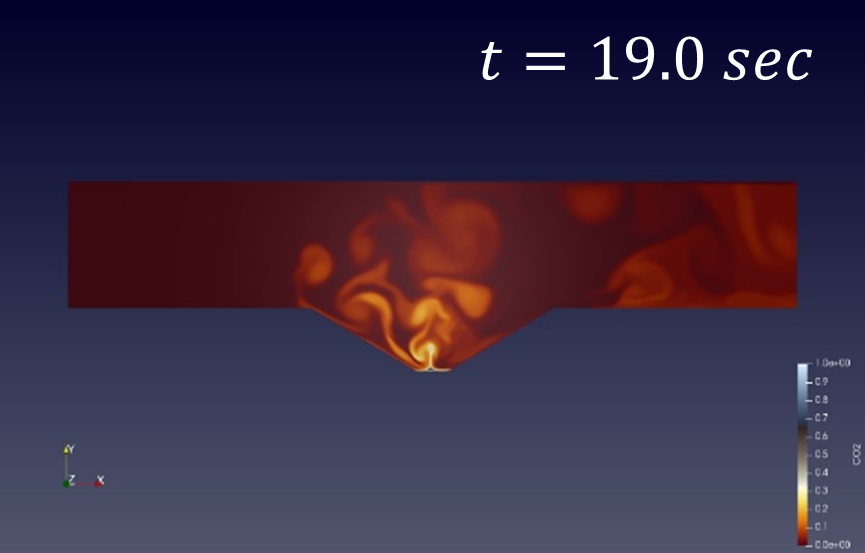Landfill fires are common incidents in waste disposal sites, and, although most of the incidents are small fires or rapid oxidation events, sometimes they become large-scale events with important environmental impact (e.g. the Deonar and Ghazipur Landfills in India). If the waste is not covered daily to avoid air intrusion, the heat created by biological activity decomposition can lead and cause material in the landfills to spontaneously combust. The particular conditions of air circulation under intense insolation, dominated by mechanical and buoyant effects, are crucial when studying the dispersion of pollutants.
Since one of the APPLY project’s main goals is to highlight the role that CFD can play in environmental issues and cultivate environmental consciousness to the students, several relevant case studies have been developed in the form of assignments. These include simulation of the pollutant dispersion from large open pits, exposed to high rates of solar radiation, that foster the emission of greenhouse gases, generating an environmental problem both inside and outside the pit. The simulation of the pollutant dispersion into the atmosphere is studied using the open source CFD library OpenFOAM. Indicative solutions of the CO2 dispersion be seen in the figures below.






